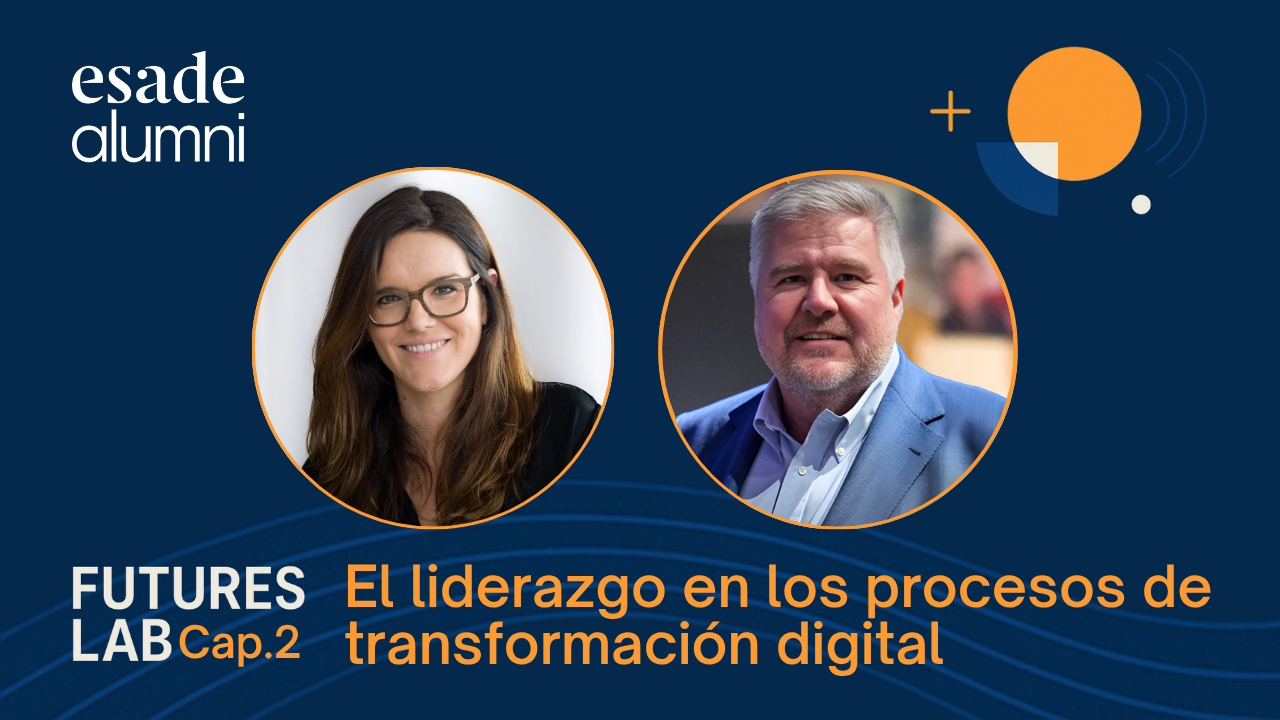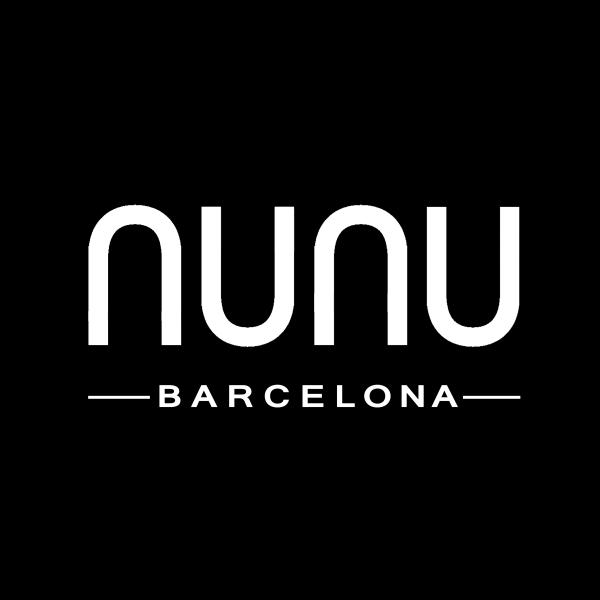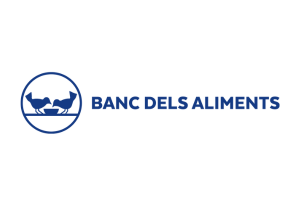Esteve Almirall (PhD ‘09), Associate Professor in the Department of Operations, Innovation and Data Science, recently led the Refresher Programme session “The Metaverse: Hype or Reality?”, which aimed to present a plausible scenario for the metaverse.
The metaverse is all the rage, but its future prospects are the subject of debate. It has become difficult to distinguish between reality and exaggerated promises; getting clarity regarding the best path forward is harder still. Esteve Almirall (PhD ‘09), Associate Professor in the Department of Operations, Innovation and Data Science at Esade, recently led a Refresher Programme session entitled “The Metaverse: Hype or Reality?”, which aimed to present a plausible scenario regarding the evolution of the metaverse.
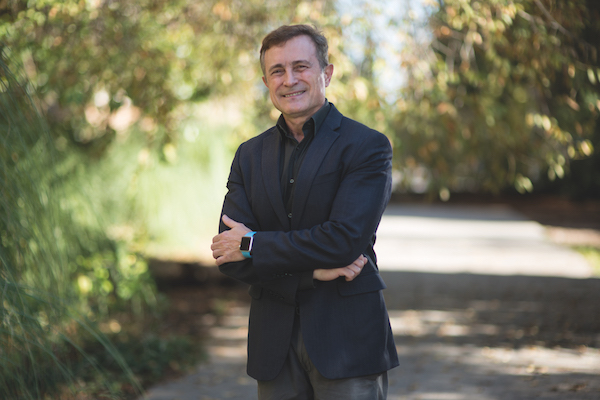
Everywhere we turn, we hear that the metaverse is expected to revolutionise nearly every area of our lives and jobs over the next decade, enabling collaboration in virtual spaces, augmented physical spaces and a combination of the two. It is also supposed to create new lines of business and transform interactions between customers and companies.
In short, we are already familiar with the promises of the metaverse – in particular, what Meta itself told us in its presentation – but what is the reality? One year after unveiling his company’s big vision for the future, Mark Zuckerberg is under pressure for his poor results, and the debate about the usefulness of these new virtual spaces remains intense. Indeed, some people question whether the potential of the metaverse is real or exaggerated.
When will the revolution arrive?
“Second Life, a virtual community launched in June 2003, was a precursor to the metaverse – but let’s remember that this platform was not a success,” commented Almirall. “To transform the current hype into reality, we will need to use headsets and all other technology available.” All the tech giants – including Meta, Microsoft and Apple – are investing heavily in this cutting-edge technology. Esade, too, has developed its own campus in the metaverse, with the aim of offering students an immersive virtual experience that embodies the impact of technological disruption and its application in the transformation of business and society. But what does Web3 have in store for us? And when, exactly, will it happen? These were just some of the questions addressed by Almirall during his presentation.
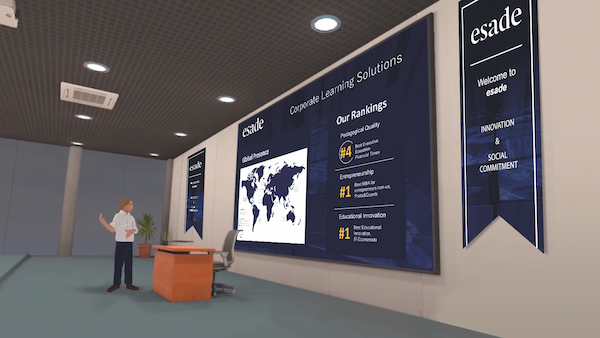
According to the Gartner Hype Cycle for Emerging Technologies 2022, real growth will occur when most people have virtual-reality headsets, such as Meta’s Oculus Quest or Microsoft’s HoloLens, with versions for gaming or for work that free us from screens and computers, thanks to a new interface. This scenario is about 10 years away. For now, prices are high and applications remain limited.
Thanks to advances in virtual reality and augmented reality, the metaverse is becoming more and more possible, Almirall explained. In any event, the technology itself is already a revolution. Virtual reality builds a fully immersive environment. Everything you see while using the system is part of an artificially constructed environment. This technology already has practical applications – and a multitude of advantages – in medicine, culture and education. Augmented reality, meanwhile, builds on the real world by introducing objects, images, etc., that provide additional information or offer services.
Thanks to advances in virtual reality and augmented reality, the metaverse is becoming more and more possible. In any event, the technology itself is already a revolution.
As Almirall explained, thanks to advances in these technologies, the metaverse seems to be just around the corner. However, cheaper and more conventional devices are needed to make these virtual worlds accessible to more people.
At the moment, the elements of what could become the metaverse are still being defined and the battle for dominance of this new environment is just beginning. “Several proposals are already out there, including Meta’s Horizon Worlds, Microsoft Mesh, which is designed for industry, and Decentraland, which is an open source project,” noted Almirall. “We will see what happens with them, but I don’t think there will be just one metaverse. Instead, there will be several metaverses with different philosophies.”
But the real revolution is Web3 and its key technology: “Virtual reality, augmented reality, blockchain, smart contracts, crypto, NFTs, wallets, tokenisation, DAOs – all of this implies many changes and challenges: What role will users play? What about governments? And legislation? We don’t know yet.”
According to Almirall, it is clear that hype can drive high expectations and investments – but the reality is something else entirely.



